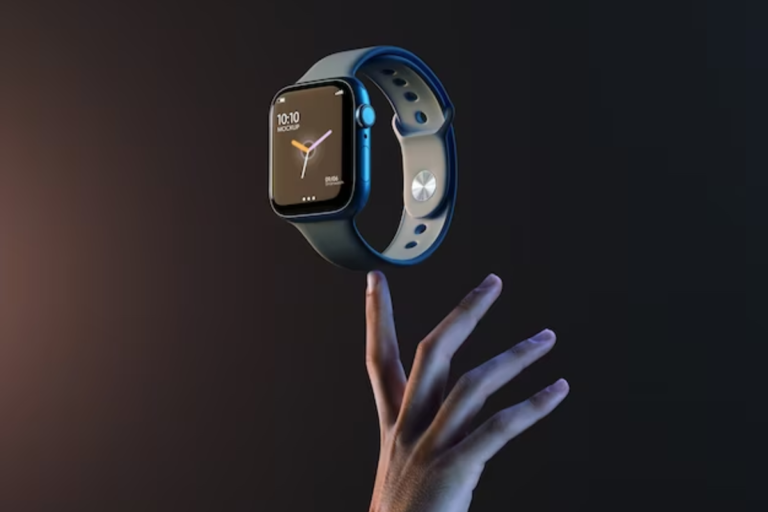Your Google Account is Getting Rid of its Password
Your Google Account is Getting Rid of its Password: Google has announced that it is rolling out passkey functionality for Google Accounts. Google and other influential companies in the market have long advocated for a password-free future. As a result, you will be able to access your Google Account without entering a password or a second form of authentication. Passkeys are designed to take the place of both of these procedures and, in addition to being resistant to phishing attacks, are fundamentally more secure than passwords and multi-factor authentication.
Passkeys, unlike passwords, cannot be manually produced or written down on paper, according to Google. Instead, a trusted device creates your passkey for you, and in order to use it, you must identify yourself using the screen lock on your smartphone (either with your PIN or your biometrics). This makes sure that nobody else can log in using your passkeys. You may even switch to passkeys while using Google’s Advanced Protection Program because Google and other industry participants see passkeys as one of the most secure solutions for signing in.
Google also makes it clear that while using a passkey, you won’t always need your phone to log in. As an alternative, several platforms enable the synchronization of passkeys among various devices, including laptops and tablets. Apple follows this policy, and Google is also aiming to provide support for it in its Password Manager for additional services. Similar to 1Password, several rivals are getting ready to implement passkeys. You may have many passkeys for the same service, thus you might have one Google Account passkey on your Android phone, another on your Chrome browser on your PC, and yet another on your iPad. This is a key distinction between passkeys and passwords.
Related Article:
Use a “use a passkey from another device” option to authenticate on your own phone, tablet, or laptop if you need to log in to your Google Account on a device that isn’t yours. Your device will determine its proximity to the device requesting the login via Bluetooth and Wi-Fi before authenticating you. This is done to stop hackers from duping you into authenticating on your phone so they may access your account from afar. Google expressly advises against creating a passkey on a device that you share with others since it would give those persons access to any accounts that are secured by those passkeys.
You can continue to use your Google Account password as a backup to log in when you don’t have access to any of your devices while Google is assisting you with replacing your password with a passkey. Even Google acknowledges that “the change to passkeys will take time” and that “passwords will be with us for some time to come.” The days of passwords are certainly numbered, though, as Google revealed that it will scrutinize password logins more seriously in the future when you often just use passkeys to log in.
Google provides a thorough explanation of the inner workings of passkeys on its security blog. Passkeys can sound more sophisticated than passwords, but in the end, they’ll probably be lot easier to use and fundamentally more secure. You will be able to smoothly log in using just your screen lock once more services support passkeys. Additionally, you won’t need to concern yourself with creating or thinking of secure passwords for every service anymore. Use one of the excellent password managers available—many of which will soon include support for passkey storage—in the interim.
Visit our in-depth Google passkey guide if you’re prepared to set up passkey or if you simply want to learn more about technology.









